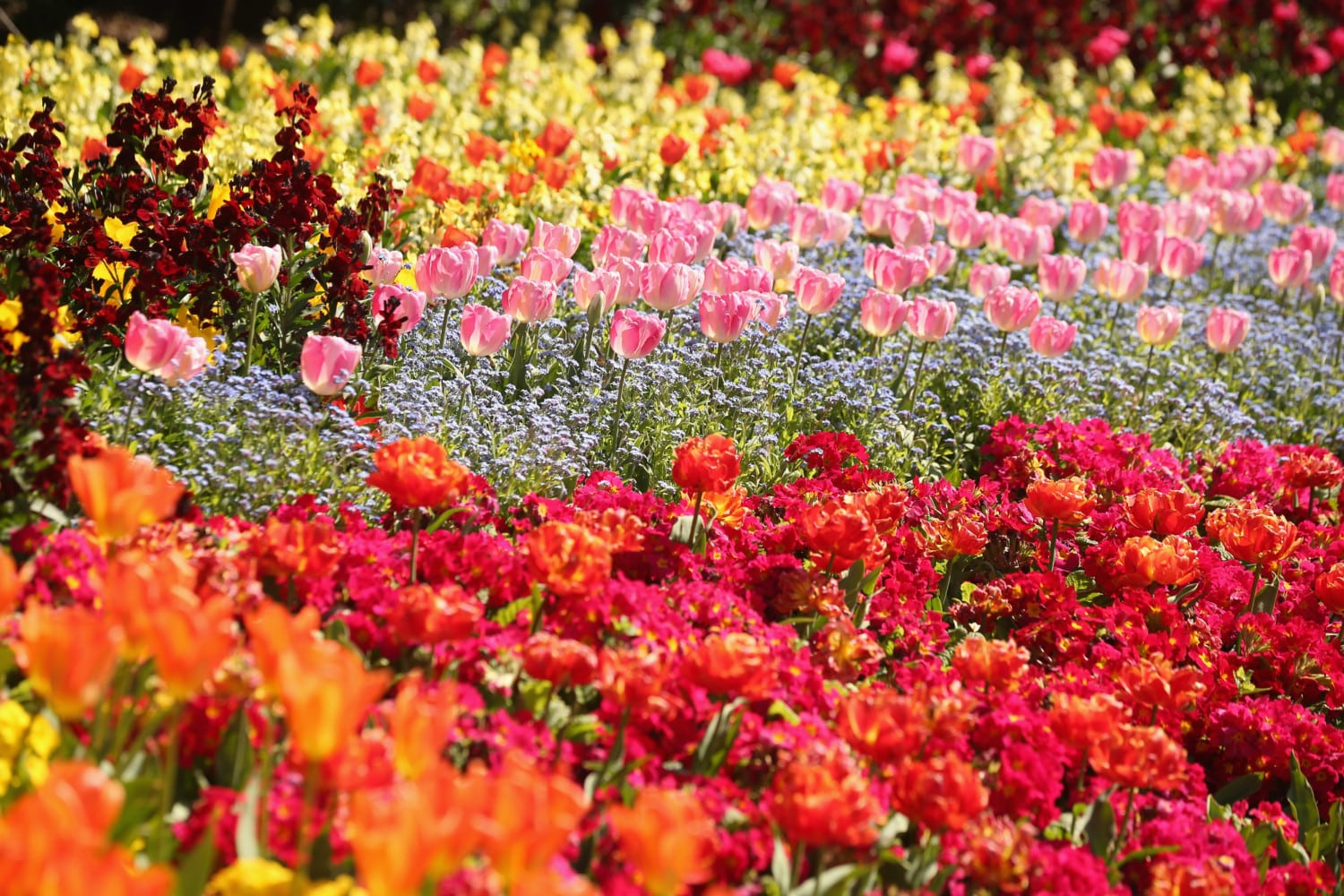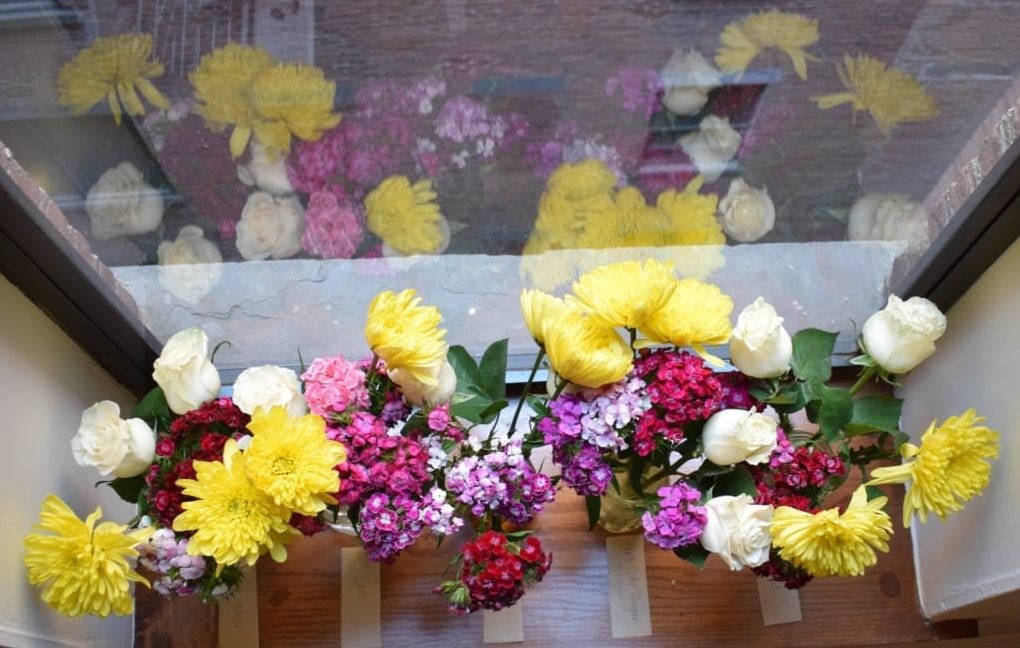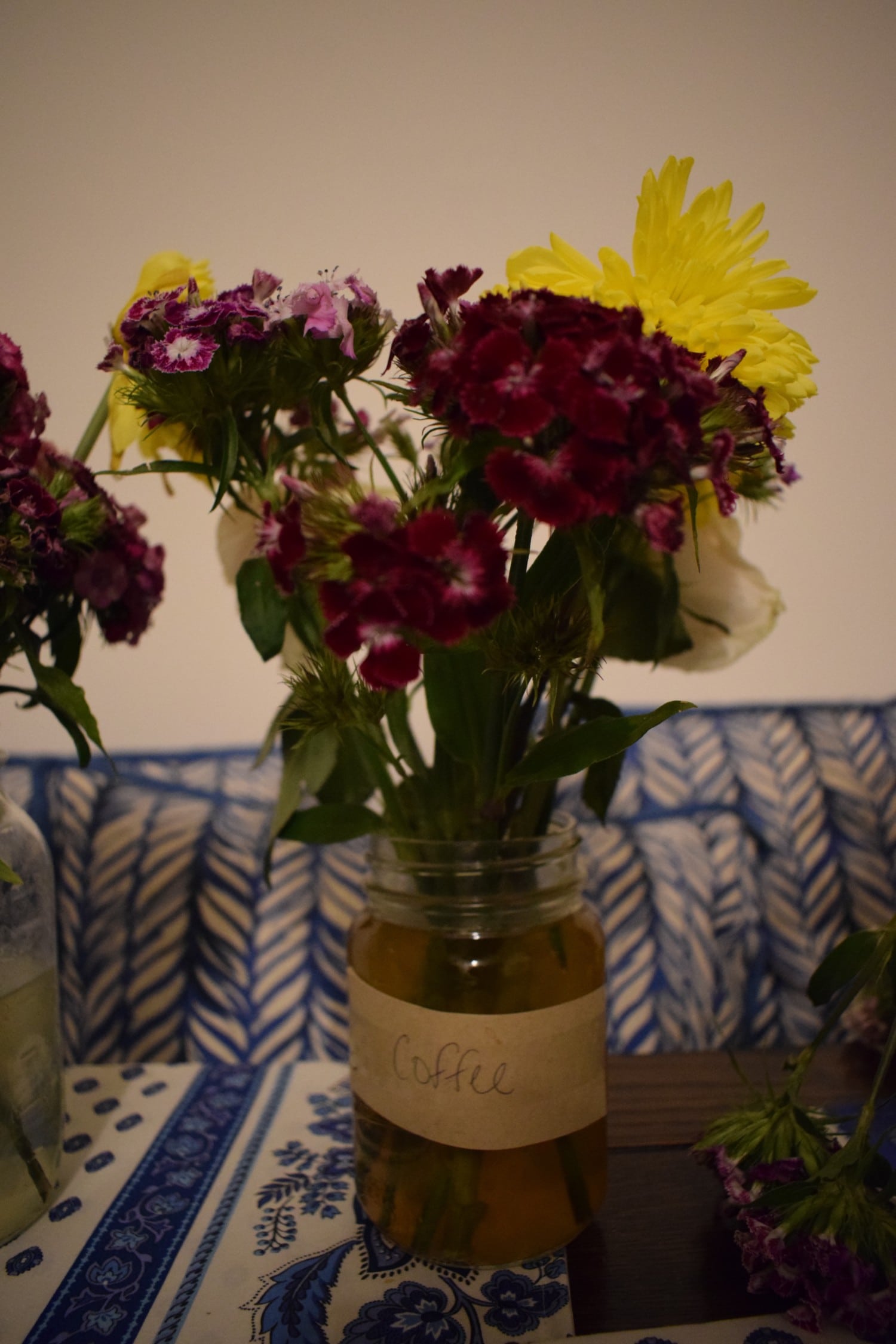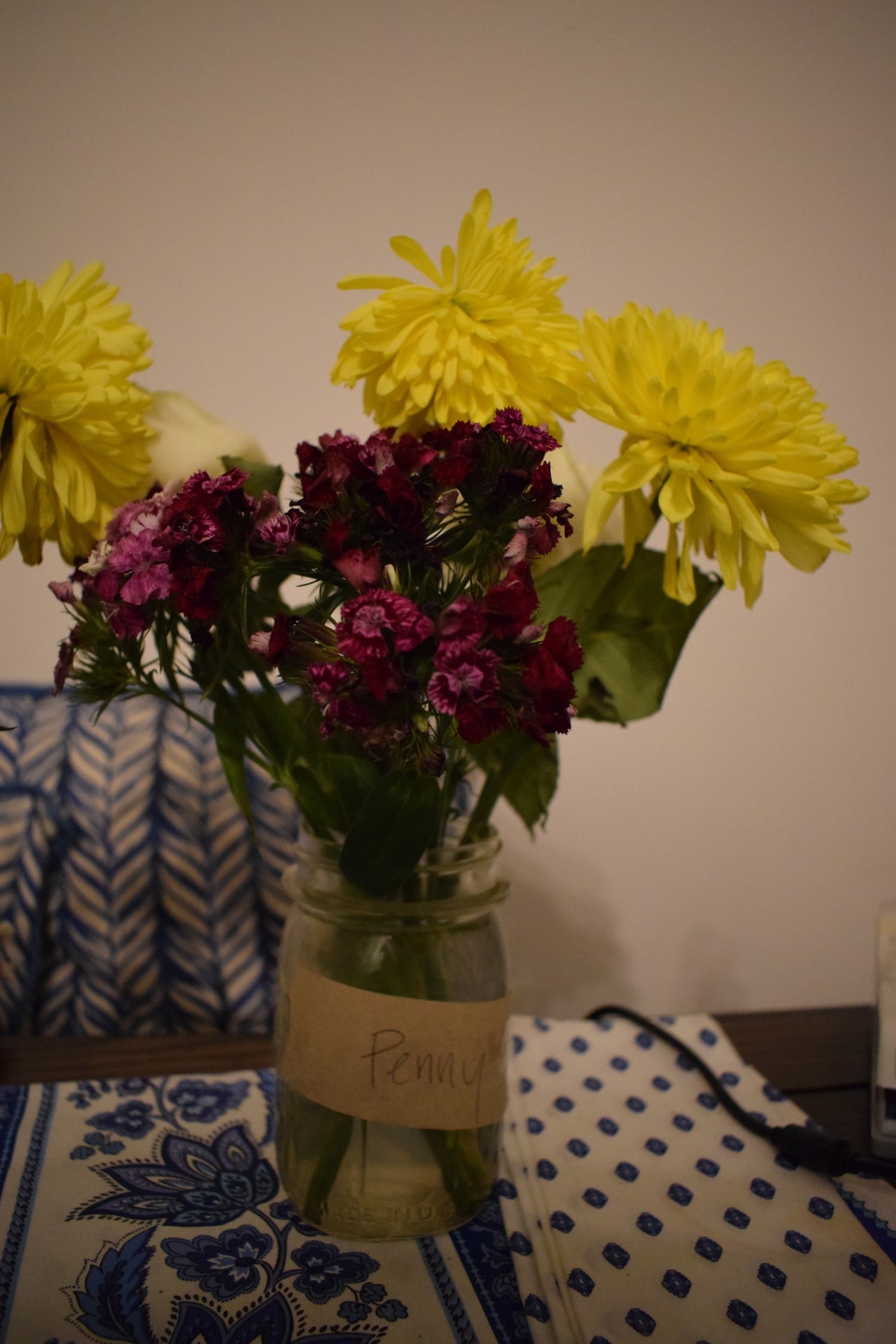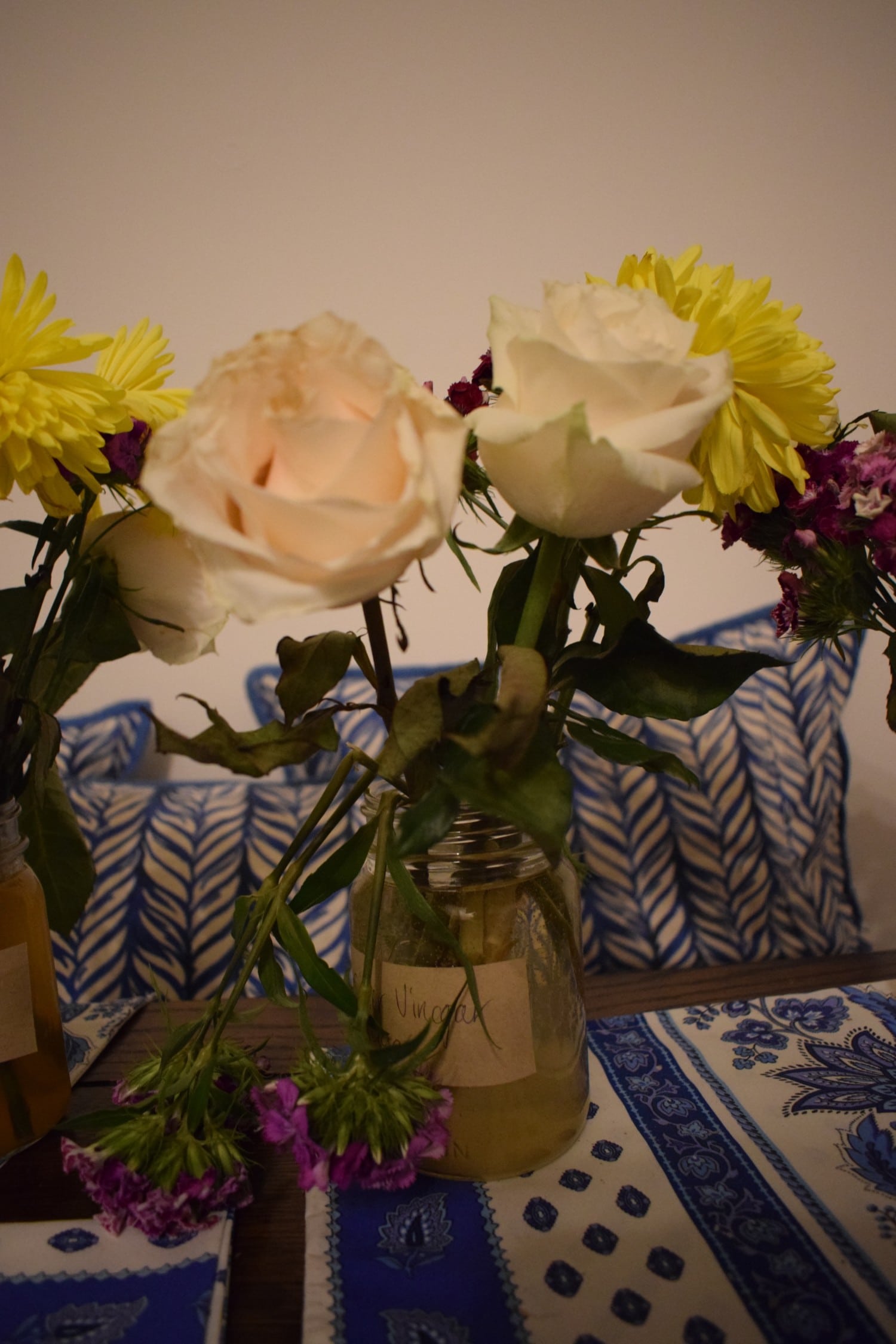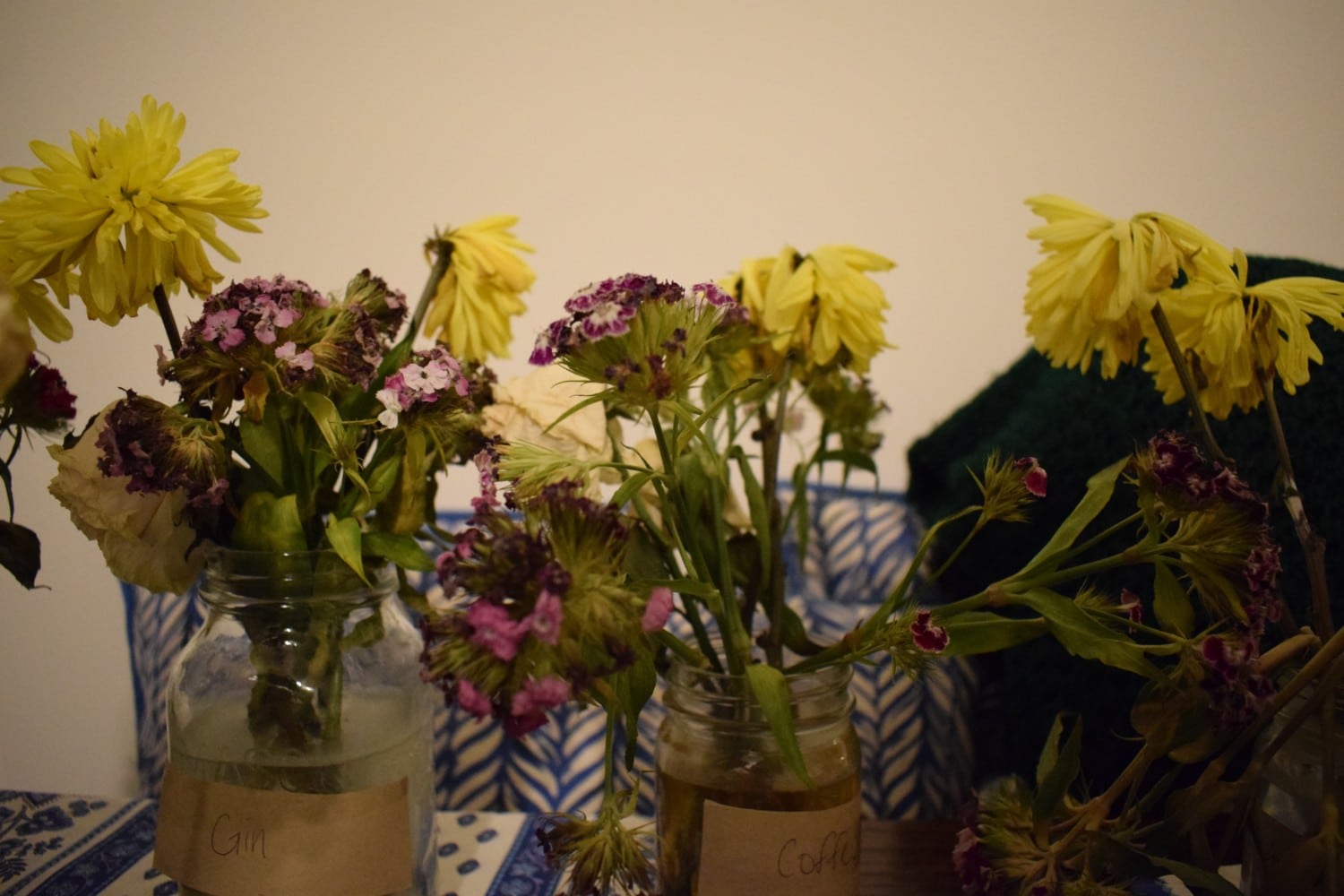How to keep cut flowers looking fresh for longer
I live in New York City where just about every corner store — or “deli” as we call them — has blooms on display. These bouquets are wisely positioned on the sidewalk and again near check-out so their message is clear: I’m beautiful — buy me! However, keeping them and any fresh-cut flowers looking flower-shop fresh for days can be difficult.
In hopes of boosting the longevity of the bouquets in my home, I put several flower-sustaining theories to the test. After reading about dozens of different tricks for extending the shelf-life of a bouquet and reviewing tests like this one from Little Things, I selected four methods that seemed most likely to succeed.
I chose a penny, a shot of gin, a shot of coffee and an apple cider vinegar and sugar cocktail. On top of these methods, I also created a plain water vase for baseline comparison.
I purchased three different types of flowers and split them evenly into five mason jars to test them out. In theory, each method I tested claimed to create a more flower-friendly solution than just plain water. As a result, the “test” bouquets should — hypothetically — stay fresh longer.
For example, the copper penny is supposed to create a more acidic environment and discourage the growth of bacteria. Similarly, the alcohol in gin minimizes bacteria growth and also inhibits ethylene, the gas that wilts flowers. Other experiments used vodka, but I used gin because I had it on hand.
Apple cider vinegar and sugar do double duty. The apple cider vinegar inhibits bacteria while sugar nourishes the flowers.
As for coffee, it’s my preferred pick-me-up, so maybe it will keep the flower petals perky, too. Plus, there is evidence that fertilizing soil with coffee grounds or watering with diluted coffee gives plants a boost. It’s likely due to the nitrogen in the coffee grounds as well as magnesium and potassium in the brewed coffee
In fact, in the Little Things experiment, the coffee came out on top so I had high hopes for java.
Day 1:
I filled each jar with the same amount of water and added the ingredients for testing to each. Then I carefully placed the divided flowers in each one. From left to right: plain water, gin, coffee, apple cider vinegar and sugar, and pennies.
Day 2:
All the flowers still look healthy and bright, so I’m feeling hopeful about the experiment.
Day 3:
I refreshed the water and add-ins for each vase. Overall, the flowers look good. I notice some drooping petals already in the apple cider vinegar and sugar jar, as well as in the coffee jar. The dropping set in much earlier than I expected.
Maybe some new water is all the bouquets needed to perk back up.
Day 4:
This is the day the experimental flowers ventured past the point of no return. I didn’t change the water, but I did notice a serious floral decline setting in. Instead of a few droopy petals, the whole stem slumped over with the flowers resting on the table. This was the case with most of the vases.
Day 5:
I soldiered on, refreshing the water and add-ins for each vase. Even the saddest limp floral arrangements received a new dose of water and special ingredients. However, these bouquets would need a miracle to revive.
I also noticed that the water levels for all the added solutions remained the same. The only flowers that appeared to “drink” any water were those in the plain water vase.
Day 6:
This day marks the continued decline of all flowers, even for those in the plain water that looked decent just two days earlier. The vases with the test solutions looked especially sour.
Day 7:
To be honest, if I wasn’t attempting this grand research project, I would have already trashed all the flowers. They were past their prime and, instead of brightening my dining room, they turned it into a flower funeral procession. Nowhere near fresh, they were literally falling out of the vases.
My results were vastly different from Little Things’ experiment. Somehow several vases, including coffee and coins, in their experiment still looked fresh after 10 days.
The Results
When I started the week, I was hopeful it would end with at least a couple bright vases worth of flowers. Instead, I had a withering line-up of bouquets (after less than a week!). I felt like I massacred a bunch of unsuspecting blooms. Still, I managed to learn a few things from my results.
The winner, when all was said and done? None of the solutions performed better than plain water. In fact, the solutions seemed to accelerate their decline. They wilted and slumped with truly impressive speed. So — based on my experience — if you want flowers to fail quicker, tinker with the water.
After cleaning up the fallen flowers, I bought new blooms with renewed optimism. This time, all I put in the vase was fresh water.
(One last tip: Floral behemoth FTD swears by placing your bouquets in the fridge overnight — vase and all — in order to prolong their perky appearance. I wish I’d read this before trying out my experiment, as it seems to make a lot of sense. After all, that’s how florists keep their flowers fresh, right?)


